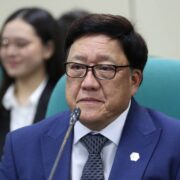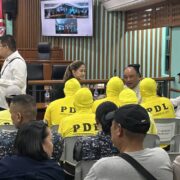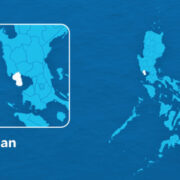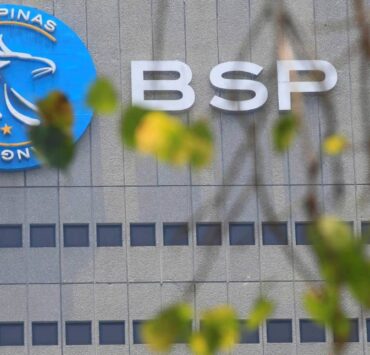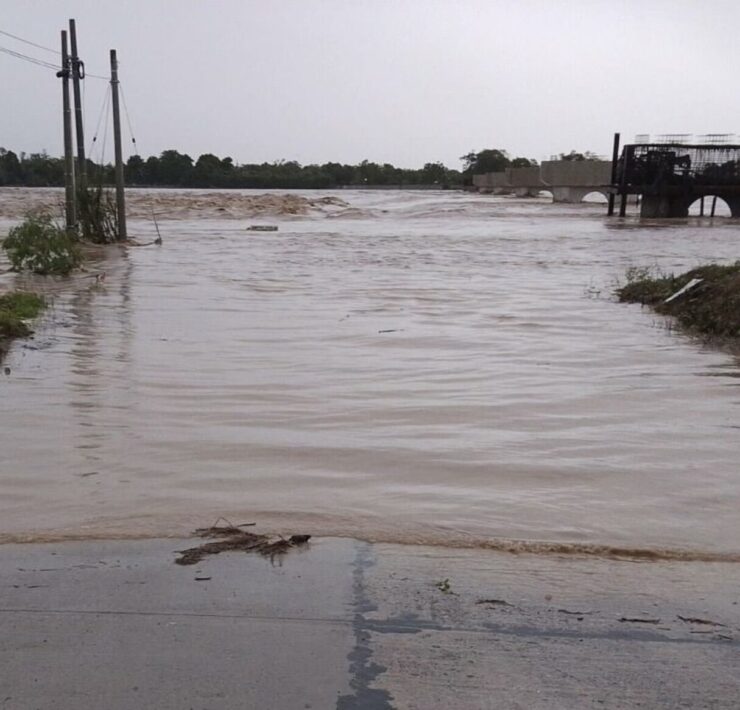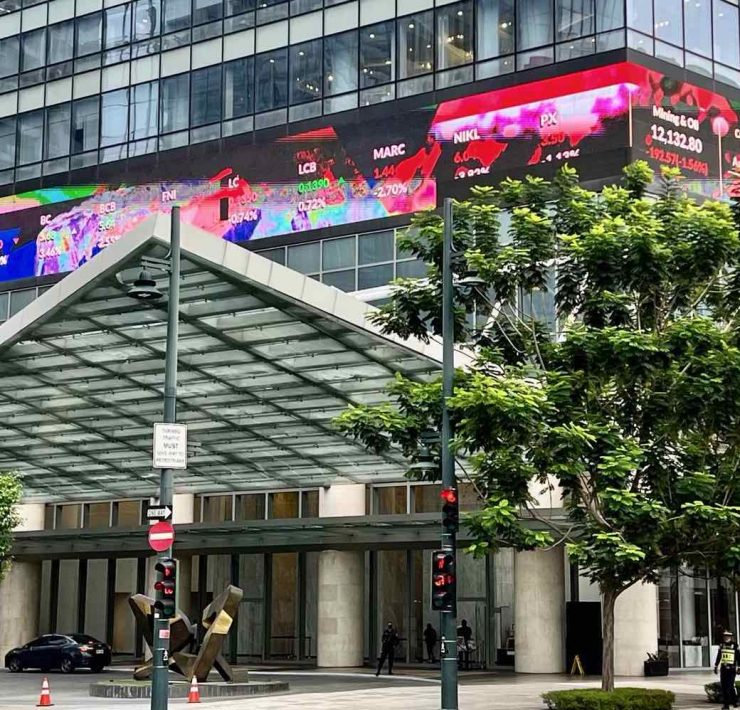FDI net inflow down for 3rd month in Jan
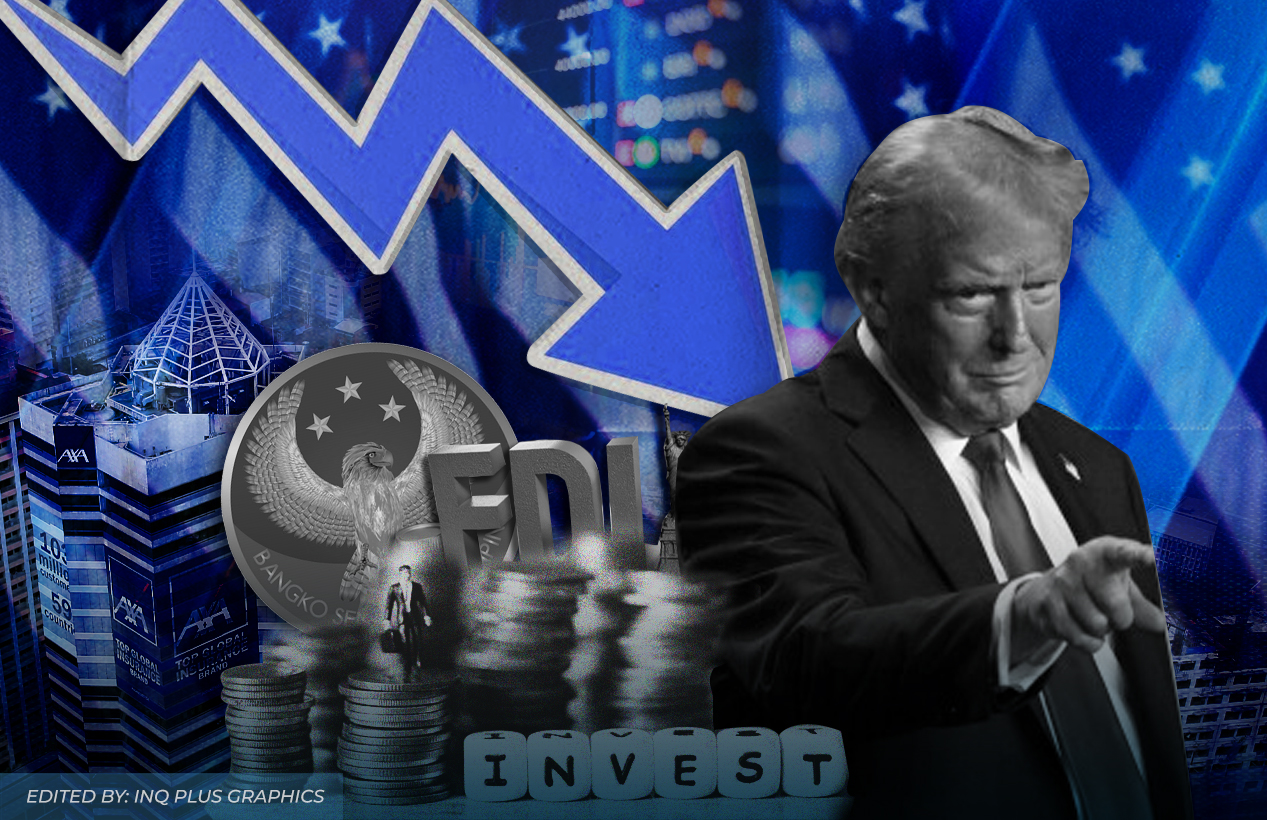
Foreign direct investments (FDI) in the Philippines opened the year with a double-digit decline, reflecting risk aversion among investors who had been wary of uncertainties emanating from a second Trump presidency.
Latest data from the Bangko Sentral ng Pilipinas (BSP) showed FDIs posted a net inflow of $731 million in January, indicating that more of these job-generating investments entered the country against those that left during the month.
The net inflow, however, was 20 percent lower compared with a year ago, marking the third straight month of decline that started in November 2024, when Donald Trump won his second term.
Protectionist policies
As it is, uncertainties over a second Trump presidency and how his administration’s ultra-protectionist policies would reshape global trade had weighed on investor sentiment.
Reinielle Matt Erece, an economist at Oikonomia Advisory & Research Inc., said the January FDI report captured that anxiety.
“The decline in FDI inflows can be attributed to economic uncertainty, especially with the onset of trade wars,” Erece said.
“With the ongoing trade uncertainty, investors are unwilling to invest in capital and would rather hold safer assets such as gold or treasuries to maintain liquidity in this risky economic environment,” he added.
Dissecting the BSP’s report, the bulk of the FDIs in January were not even fresh capital but were in the form of intercompany borrowings between multinational companies and their Philippine units.
Figures showed these debt instruments sagged by 37.7 percent to $519 million, the main culprit for the overall FDI slump.
But reinvestment of earnings, which was the second biggest component of the total FDI, had gone up by 36 percent to $125 million.
At the same time, net equity capital placement reversed last year’s contraction after growing by 876.4 percent to $88 million in January. Broken down, equity capital placement, a gauge of new FDIs, inched up by 3.3 percent to $102 million, beating withdrawals which fell by 87.1 percent to $14 million.
By country sources, 48 percent of FDIs came from Japan, followed by the United States (23 percent), Singapore (13 percent) and Malaysia (8 percent).
The BSP said the bulk of the job-generating foreign capital went to the manufacturing sector, cornering 48 percent of the total.
Trade war
Moving forward, Erece said the downbeat investor sentiment will likely persist in the coming months amid threats of another full-blown trade war between the United States and China, two of the Philippines’ major trading partners.
“One of the ways to offset this negative market sentiment is to boost the domestic economy, which may prove to be resilient amid international trade tensions,” he said.
“In addition, establishing trade agreements with other countries, especially the United States, can help the country maintain a relatively stable outlook on the trade sector,” he added.
The BSP projects FDI net inflow to hit $9 billion for the entire 2025.





